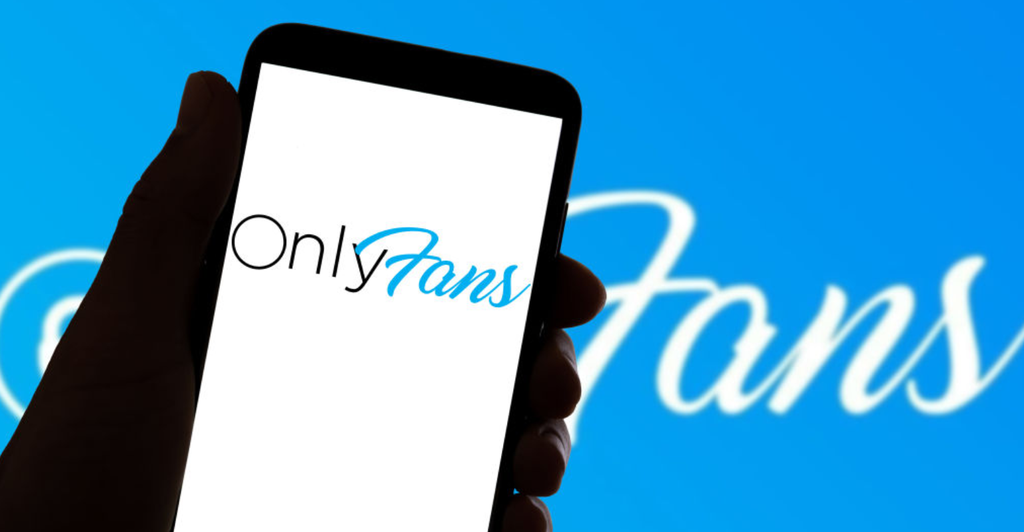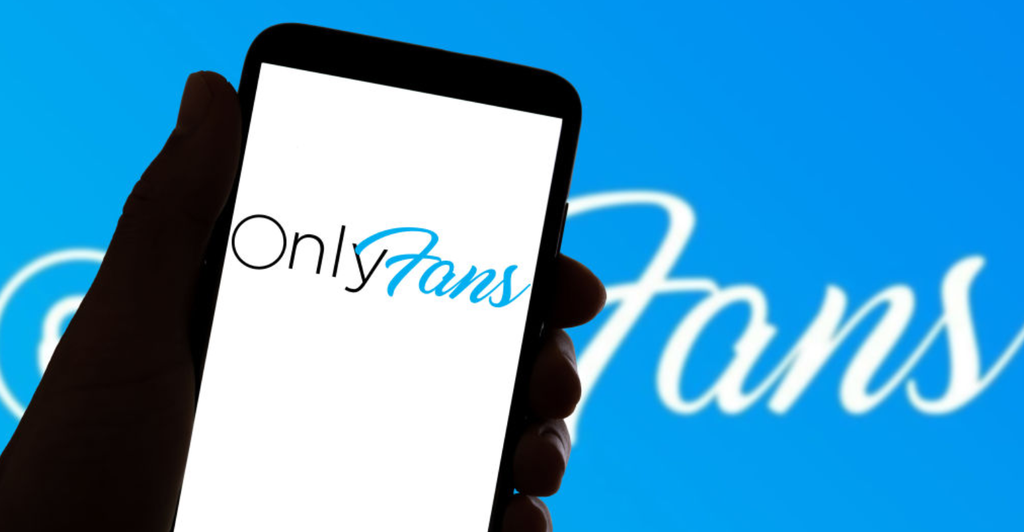Moving out teaches you many things: how to pimp up two-minute noodles to make them a completely nutritional meal, being extra resourceful with plates in order to minimise washing-up time, and realising that having a clean room really does just make everything better.
But one thing not many of us have figured out is where those tiny, stupidly annoying, little holes in your t-shirt come from.
You know it's not because you've ripped it, it's not because of moths, and not because of how you're washing it. So what is it? Weirdly enough, it's all thanks to friction.
Most of the little holes you get in your t-shirt happen at the front towards the bottom, right? Well, that's probably because your shirt is rubbing against the button on your jeans or against your belt buckle. Not to mention the fact that you probably cause further friction when you lean against the kitchen counter when making a cup of tea, push a pram or wear a seatbelt.
It might all sound like a bit of a boring revelation, but you'd be surprised to hear the real reason your t-shirts get those tiny holes has been a hot topic of discussion lately. It's thanks to a clothing expert speaking all about it to Today.
Bayard Winthrop, CEO of American Giant, revealed the bottom of the shirt "is a primary abrasion point."
"The fabric there is (rubbing) against the hardware: your belt, the tops of your jeans, all points of wear. The friction, repeated over time, has caused the fabric to deteriorate."
You might also get the little holes around your shoulders. Again, this is probably because the fabric is rubbing against something – like bags or backpack shoulder straps – which, over time, helps create those little holes.
Ultimately, it comes down to the fact that you're probably buying el-cheapo products because you think "eh, it's just a basic t-shirt, no need to splash out". But if you're constantly having to throw them out and buy new ones because you can't quite embrace the tiny holes as part of your ~aesthetic~, you're not really saving much money in the long run, are you?
Winthrop went on to say that poor quality fabric is also one of the key reasons you get holes. "The real culprit here is often the T-shirt fabric itself. The garment itself might be produced as cheaply as possible, cutting costs where possible," he said.
I mean, it shouldn't really come as a surprise. Instead of a looking at price tags, you should be looking for the type of cotton and whether it's a good quality.
"Look for brands that call out what type of cotton they are using — a longer fibre length is a good sign — and how the garment is constructed," Winthrop said.
Most high-quality cottons will have a name (Pima or Egyptian cotton are good), making it easier to tell whether it's going to be a durable material or something that turns into a flimsy version of its former self after one wash. Make sure it's 100 per cent cotton too, to avoid the fibres being mixed with cheap polyester materials or stretchier ones that will make holes even more likely to appear.
So, to round up this lengthy laundry lesson: stop buying cheap t-shirts and know that choosing to wear a belt might come at the risk of getting those annoying little holes.


.jpg_klhOkr?tr=h-40&config=JTdCJTIybmFtZSUyMiUzQSUyMm51cnNpbmclMjBob21lJTIwKDEpLmpwZyUyMiUyQyUyMmRlc2NyaXB0aW9uJTIyJTNBJTIyRmVhdHVyZWQlMjBpbWFnZSUyMGNyZWRpdCUzQSUyME1BU1RFUiUyMCUyRiUyMEdldHR5JTIyJTJDJTIyYWx0ZXJuYXRpdmVfdGV4dCUyMiUzQSUyMm51cnNpbmclMjBob21lJTIwKDEpLmpwZyUyMiUyQyUyMmNhcHRpb24lMjIlM0ElMjJGZWF0dXJlZCUyMGltYWdlJTIwY3JlZGl0JTNBJTIwTUFTVEVSJTIwJTJGJTIwR2V0dHklMjIlMkMlMjJjb29yZGluYXRlcyUyMiUzQSU3QiUyMmRlc2t0b3AlMjIlM0ElN0IlMjJsZWZ0JTIyJTNBMCUyQyUyMnRvcCUyMiUzQTAlMkMlMjJyaWdodCUyMiUzQTElMkMlMjJib3R0b20lMjIlM0EwLjUyJTdEJTJDJTIydGFibGV0JTIyJTNBJTdCJTIybGVmdCUyMiUzQW51bGwlMkMlMjJ0b3AlMjIlM0FudWxsJTJDJTIycmlnaHQlMjIlM0FudWxsJTJDJTIyYm90dG9tJTIyJTNBbnVsbCU3RCUyQyUyMm1vYmlsZSUyMiUzQSU3QiUyMmxlZnQlMjIlM0FudWxsJTJDJTIydG9wJTIyJTNBbnVsbCUyQyUyMnJpZ2h0JTIyJTNBbnVsbCUyQyUyMmJvdHRvbSUyMiUzQW51bGwlN0QlN0QlMkMlMjJ3aWR0aCUyMiUzQTE1MzUlMkMlMjJoZWlnaHQlMjIlM0E4MDAlMkMlMjJ1dWlkJTIyJTNBJTIyOGFkN2ZlYjMtYzNiMC00YzI2LTkzMTgtY2ZmYzBhY2IwNTYxX193cC1jb250ZW50JTJGdXBsb2FkcyUyRm51cnNpbmdob21lKDEpLmpwZ19rbGhPa3IlMjIlN0Q=)





.jpg_klhOkr?tr=h-184&config=JTdCJTIybmFtZSUyMiUzQSUyMm51cnNpbmclMjBob21lJTIwKDEpLmpwZyUyMiUyQyUyMmRlc2NyaXB0aW9uJTIyJTNBJTIyRmVhdHVyZWQlMjBpbWFnZSUyMGNyZWRpdCUzQSUyME1BU1RFUiUyMCUyRiUyMEdldHR5JTIyJTJDJTIyYWx0ZXJuYXRpdmVfdGV4dCUyMiUzQSUyMm51cnNpbmclMjBob21lJTIwKDEpLmpwZyUyMiUyQyUyMmNhcHRpb24lMjIlM0ElMjJGZWF0dXJlZCUyMGltYWdlJTIwY3JlZGl0JTNBJTIwTUFTVEVSJTIwJTJGJTIwR2V0dHklMjIlMkMlMjJjb29yZGluYXRlcyUyMiUzQSU3QiUyMmRlc2t0b3AlMjIlM0ElN0IlMjJsZWZ0JTIyJTNBMCUyQyUyMnRvcCUyMiUzQTAlMkMlMjJyaWdodCUyMiUzQTElMkMlMjJib3R0b20lMjIlM0EwLjUyJTdEJTJDJTIydGFibGV0JTIyJTNBJTdCJTIybGVmdCUyMiUzQW51bGwlMkMlMjJ0b3AlMjIlM0FudWxsJTJDJTIycmlnaHQlMjIlM0FudWxsJTJDJTIyYm90dG9tJTIyJTNBbnVsbCU3RCUyQyUyMm1vYmlsZSUyMiUzQSU3QiUyMmxlZnQlMjIlM0FudWxsJTJDJTIydG9wJTIyJTNBbnVsbCUyQyUyMnJpZ2h0JTIyJTNBbnVsbCUyQyUyMmJvdHRvbSUyMiUzQW51bGwlN0QlN0QlMkMlMjJ3aWR0aCUyMiUzQTE1MzUlMkMlMjJoZWlnaHQlMjIlM0E4MDAlMkMlMjJ1dWlkJTIyJTNBJTIyOGFkN2ZlYjMtYzNiMC00YzI2LTkzMTgtY2ZmYzBhY2IwNTYxX193cC1jb250ZW50JTJGdXBsb2FkcyUyRm51cnNpbmdob21lKDEpLmpwZ19rbGhPa3IlMjIlN0Q=)



